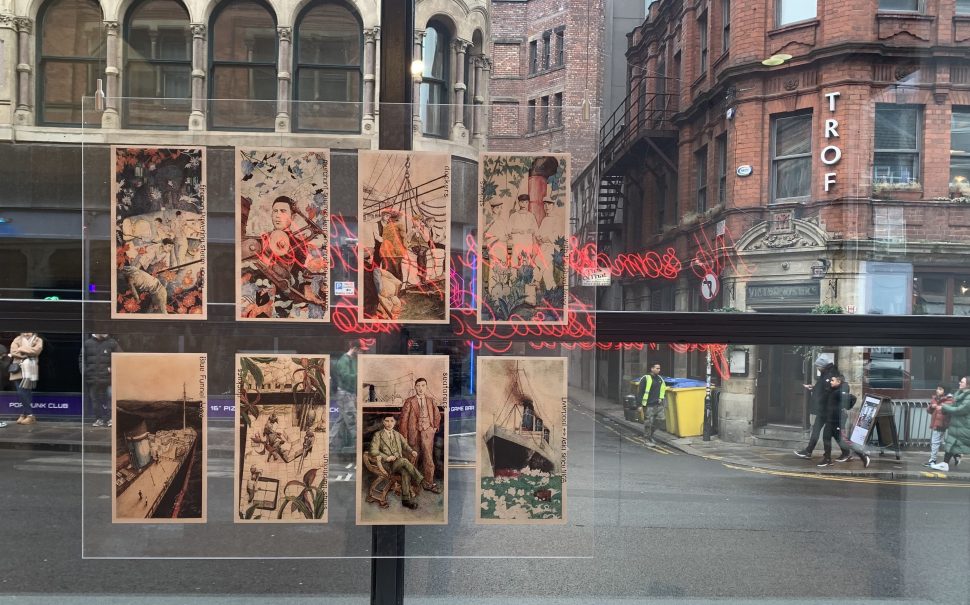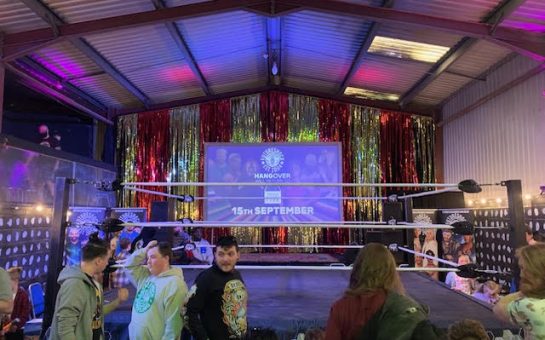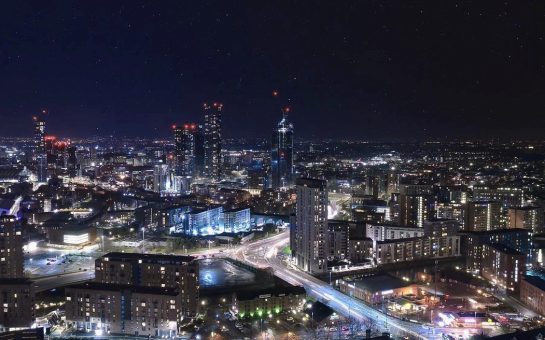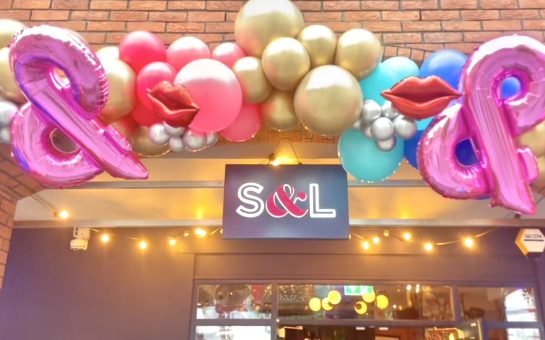A Manchester art gallery which closed because of an institutional racism controversy two years ago has finally reopened – with an exhibition drawing a line under its troubled past.
Northern Quarter-based esea contemporary will explore themes of migration in its opening exhibition ‘Practice Til We Meet’, featuring the works from five international artists and two art collectives.
Previously known as the Centre for Chinese Contemporary Art, the gallery closed in 2021 after artists levelled claims of racism and gatekeeping at its predominantly white management.
After the former team left, Xiaowen Zhu was appointed director.
She has steered the centre in a new direction, hiring a more diverse team and widening the centre’s focus to include the whole East and South-East Asian (esea) region.
“We wanted to represent the broader geography of artists in Asia,” associate curator Dot Jia told Mancunian Matters. “Because the idea of China itself is very limiting, and it’s becoming more and more politically charged.
“We want to avoid people associating identity simply with geographical nationality. We want it to be something that can be opened into a discussion.”
The first exhibition under their new name is an attempt to do just that: an artistic discussion of identities that cross borders and cultures.
Highlights of the show include a series of documentary films by Koki Tanaka about two Zainichi Koreans – Koreans and their descendants living in Japan – and the xenophobia and inner turmoil they experience.
A sculpture commissioned from Isaac Chong Wai represents either a two or three-legged stool depending on which side it is viewed from.
It plays with a political statement made by Deng Xiaping denying the legitimacy of Hong Kong’s independence, describing the UK-China-Hong Kong relationship as “not a three-legged but a two-legged stool”.
Each piece spotlights how different cultures mingle or clash in migrant identities, from the Mauritian-Chagossian artist Audrey Albert mourning the loss of the Chagos Islands after it was co opted as a US-UK military camp, to Mimian Hsu’s intercontinental connections as the child of Taiwanese parents in Costa Rica.
“[Tanaka’s piece] talks about migration as an experience of leaving but never arriving, of being between here and there,” curator Jia said.
“I think this place could be somewhere that we meet in the middle – somewhere we can have conversations.”
The revamped centre also includes an event space where contemporary esea plans to hold two to three public programmes each month.
The exhibition runs until May 28.
Photo Credits: Charlotte Hall




